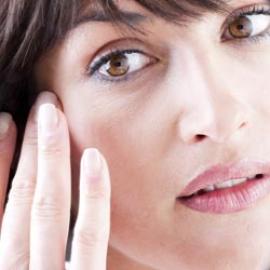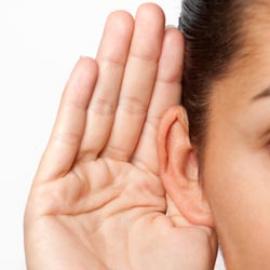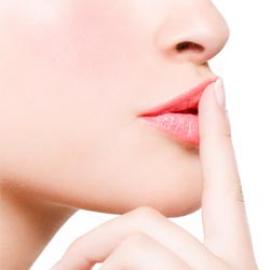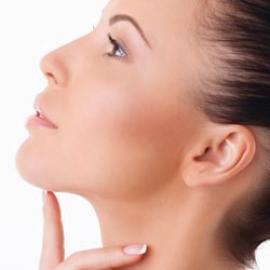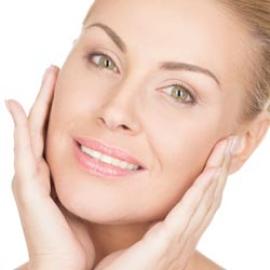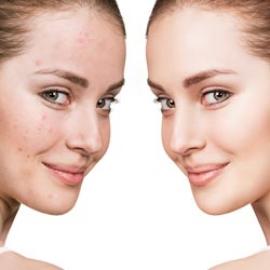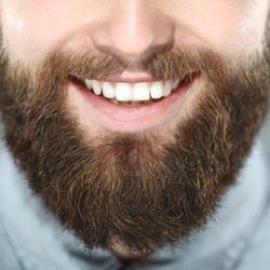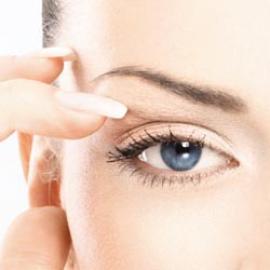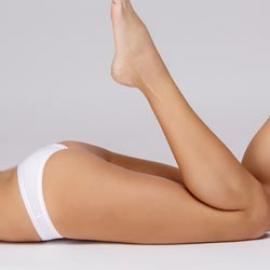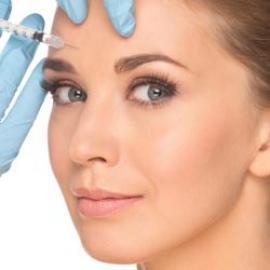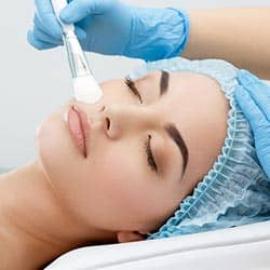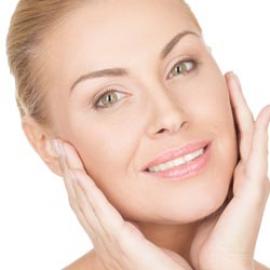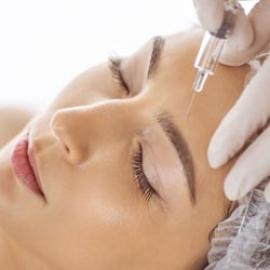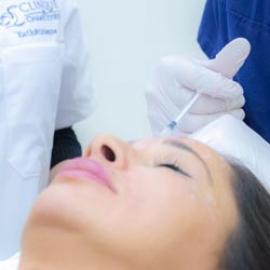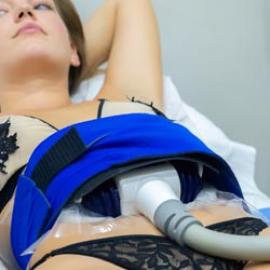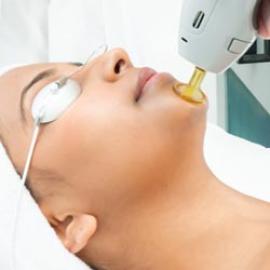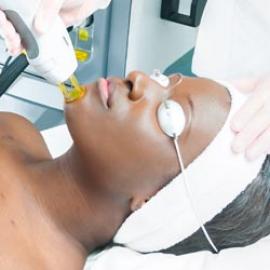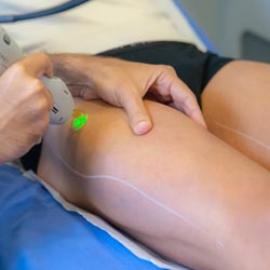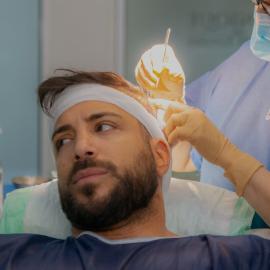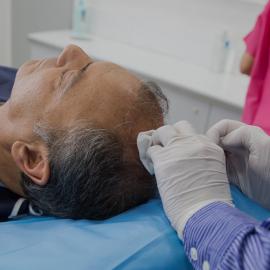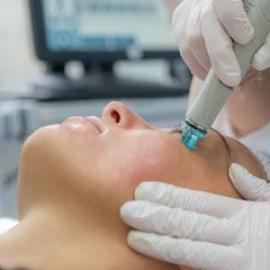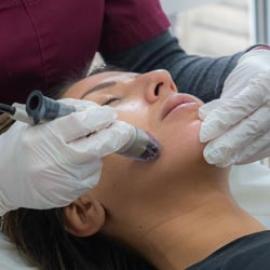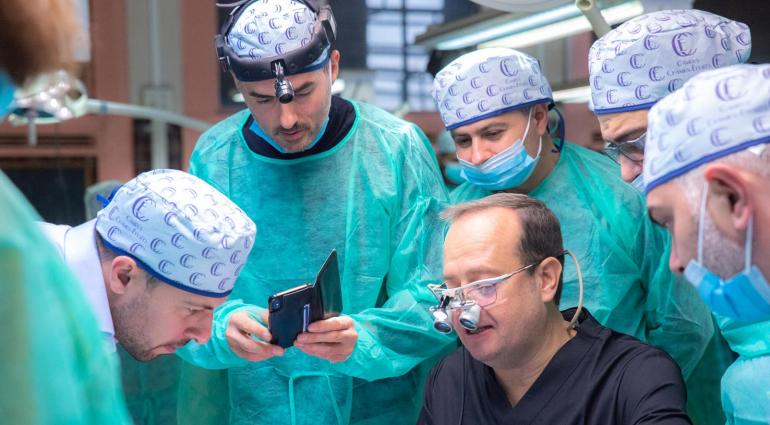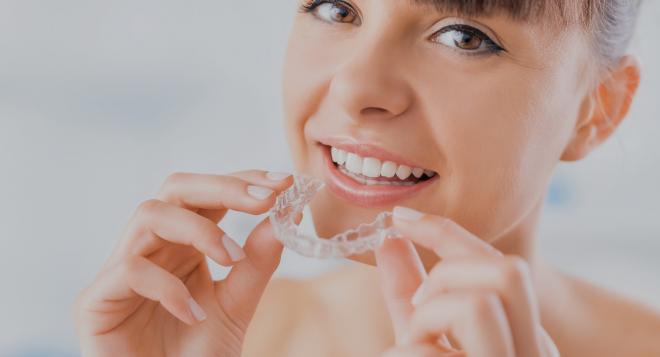
A beautiful smile helps you feel happier and more relaxed while helping you make a good impression on your professional and social life. Many orthodontic conditions may be treated to help patients restore a harmonious smile and improved alignment of their teeth. In addition to aesthetic discomfort, incorrectly placed teeth can cause complications, pain and repeated visits to the dentist.
Teeth alignment: definition
Our teeth are made up of 8 incisors, 4 canines, 8 premolars and 12 molars, as well as 4 wisdom teeth which develop in adulthood. Teeth are strong organs formed from calcium hydroxyapatite.
The first teeth appear between 3 and 12 months of age. The incisors are the first ones to emerge. They are called "milk teeth" because they grow when children still feed on milk. Then, about 5 or 6 years of age, the first milk teeth fall out and give way to adult teeth.
When the permanent teeth sprout, they may not grow in line. The teeth may be spaced between each other, and it may happen that two teeth overlap or that two teeth are offset from each other.
Apart from basic esthetic purposes, non-aligned teeth are a cause of health issues. In particular, digestion problems are related to poor chewing of food, early wear and tear of the enamel, which causes severe sensitization and, eventually, the risk of sleep apnea.
Misaligned teeth: causes
The misalignment of the teeth in the mouth has its origins primarily in childhood and has many causes.
Overlapping teeth
Teeth overlap because there is not enough room in the jaws to position the teeth normally.
One of the key causes of dental overlap is the lack of space between milk teeth. In fact, permanent teeth are on average 1.5 times larger than milk teeth. The spacing between the milk teeth is thus a natural prevention. The lack of space is a symptom of too small a jaw. The morphology of our jaw is dependent on our lifestyle. More soft, sliced and pre-cut foods reduce muscle building and jaw activation. When exposed to less tension, the jaws are proportionally smaller. This is why the teeth overlap.
Another big cause of tooth misalignment is sucking. It has been shown that a child who sucks his thumb or dummy for too long, that is, more than 2 years, will have a jaw deformation. The thumb or dummy pushes on the palate and digs into it, and the teeth face forward, forming an arched form (the space needed for the thumb or dummy). In addition, the thumb is pressed against the chin, which reduces the development of the lower jaw.
Spaced teeth
Teeth are spaced because there is too much room in the jaw between the teeth. This may be attributed to small tooth size, abnormal jaw development, genetic abnormalities, missing teeth or an overly forward tongue.
Displacement between the upper and lower teeth
When the upper teeth considerably overlap the lower teeth, it is called a suppracclusion. This is due to genetics, poor oral hygiene, or bone growth that supports the teeth. If the lower teeth are in front of the upper teeth, it is named an underbite.
This may be attributed to undergrowth of the upper jaw, overgrowth of the lower jaw, or both. It may also be caused by the lack of upper teeth.
Ectopic tooth
eruption An ectopic tooth eruption occurs when a permanent tooth erupts in an unusual position and stays in the bone tissue in whole or in part by destabilizing the alignment of the teeth. Canines often have eruption issues.
Teeth alignment: treatments
There are many successful treatments recommended under the supervision of a dentist for the treatment of tooth misalignment.
It is possible to align the teeth with braces. When the teeth have been properly cleaned, the dentist fits the braces on the surface of each tooth. The braces are attached to each other by a wire that is designed to pull each tooth into alignment.
Fitting transparent aligners is an effective and invisible treatment to fix minor misalignments of the teeth. It is a transparent moulding to be applied to the teeth, which gradually exerts pressure to shift the direction of each tooth.
Finally and even more discreet, lingual orthodontics is a dental appliance commonly used by adults who wish to straighten their teeth in full discretion This is a device similar to dental braces, except that they are mounted on the inner surface of the tooth, that is, the surface in direct contact with the tongue.


